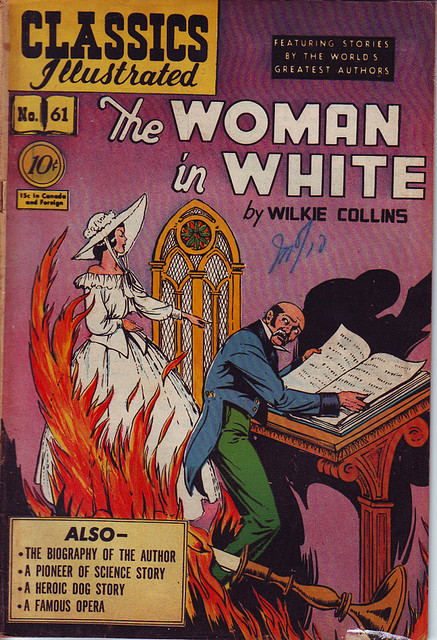Romance, mystery, conflict, deception, secrets, and all around evil doings make The Woman in White a page turner. This classic by Wilkie Collins was considered a “sensation” novel when published in 1859 and is now noted as an early example of detective fiction. The characters are well-drawn with some being nefarious, some eccentric, and some both. The hypochondriac uncle along with the indomitable and villainous Count Fosco with his attendant cockatoo, canaries, and white mice provide more than a few laughs. The epistolary style allows for multiple narrators and insight into the characters’ voices and perspectives. Like many classics the story has a slow start but picks up the pace and doesn’t stop until the last page.
Henry James is quoted as saying that The Woman in White “introduced into fiction those most mysterious of mysteries, the mysteries which are at our own doors.” As we know, fictional mysteries “at our own doors” prevail to this day.
I posted this in the Virginia is for Mysteries blog a year ago when I finished The Woman in White. I’m re-posting it because recently I’ve had requests (from blogger interviews, Facebook surveys, and the like) to name my favorite books. I put The Woman in White on every list. In completing my profile for Simon & Schuster I had to come up with my favorite literary villain—Count Fosco, of course!
And I’m still looking forward to seeing the 1948 film version with Sydney Greenstreet as Count Fosco.
Have you read The Woman in White? Did you like it? Please share your thoughts.
Post Tagged with

